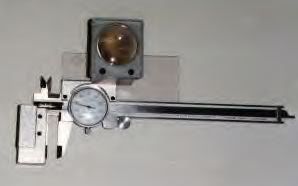Looks like Jeff's nearly done with the initial work for his target group calculator program. If anyone wants to check it out, he's ready for some feedback.
http://www.ontargetcalc.com/
It's pretty neat. You scan a target, and then you can mark your bullet holes and it'll give you some numbers. Seems to be a lot quicker than actually measuring targets with some calipers, at least if you have a bunch of targets to go through.
webmaster@ontargetcalc.com for any feedback.

http://www.ontargetcalc.com/
It's pretty neat. You scan a target, and then you can mark your bullet holes and it'll give you some numbers. Seems to be a lot quicker than actually measuring targets with some calipers, at least if you have a bunch of targets to go through.
webmaster@ontargetcalc.com for any feedback.



